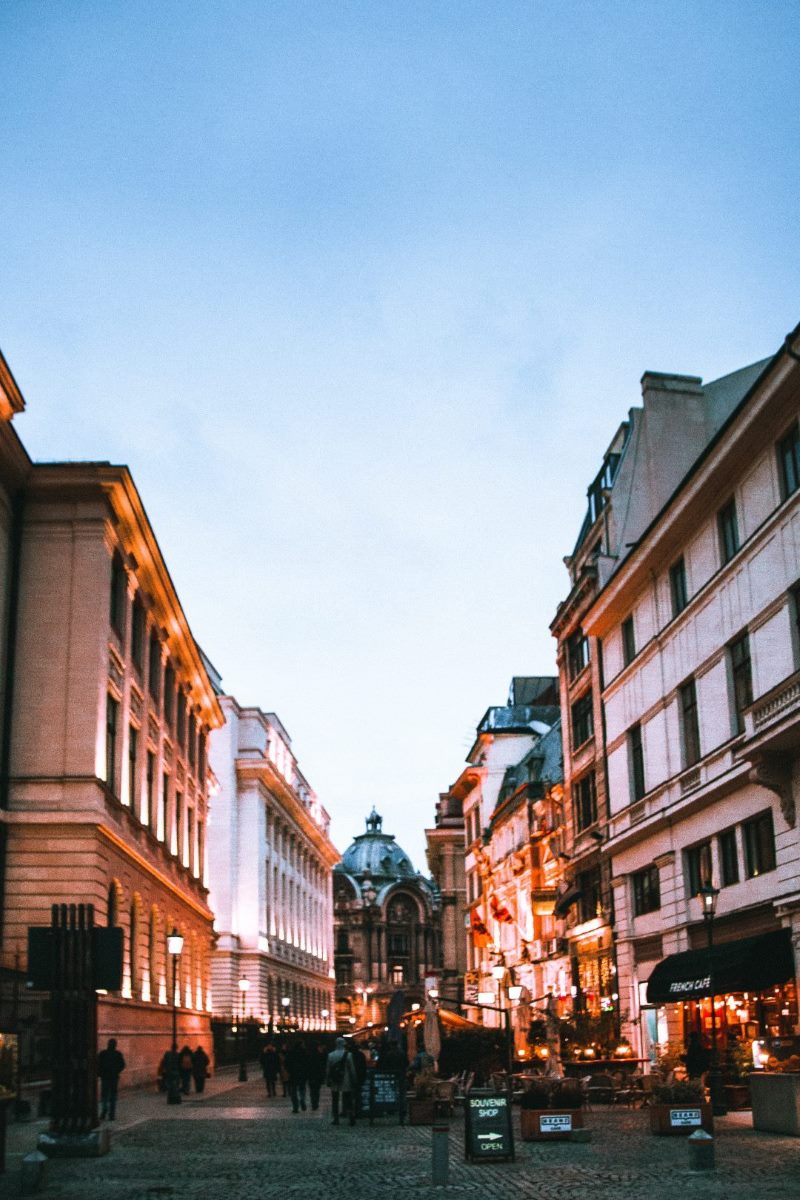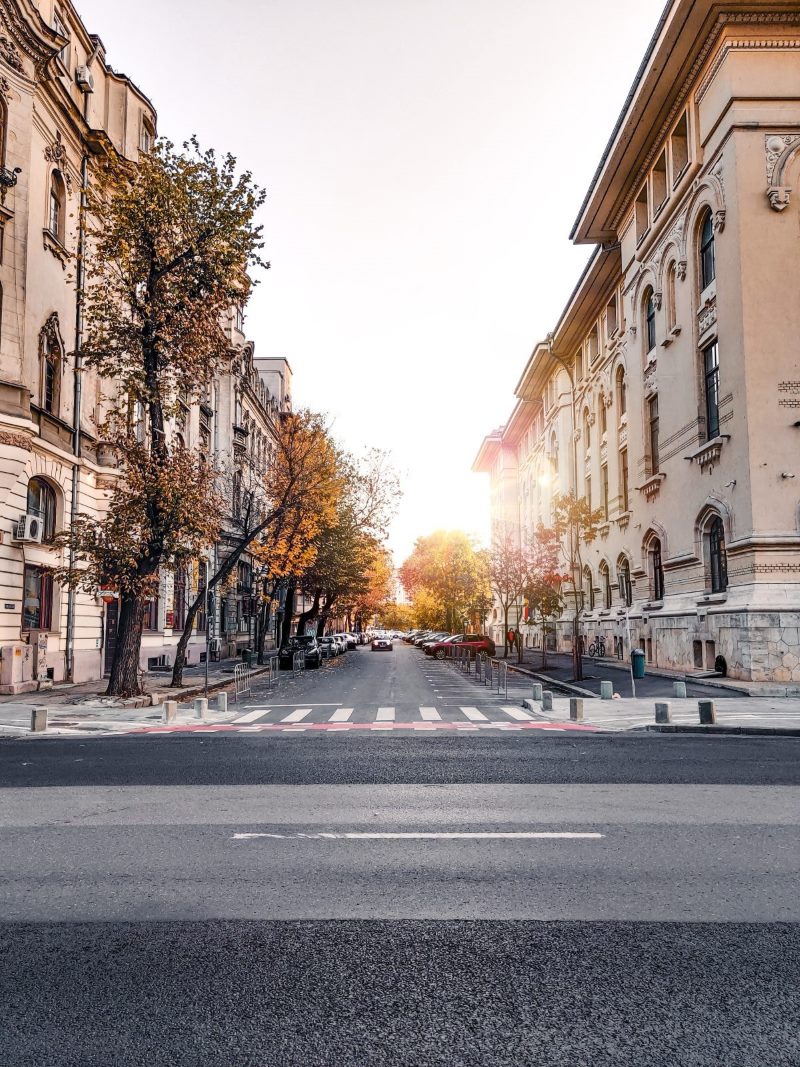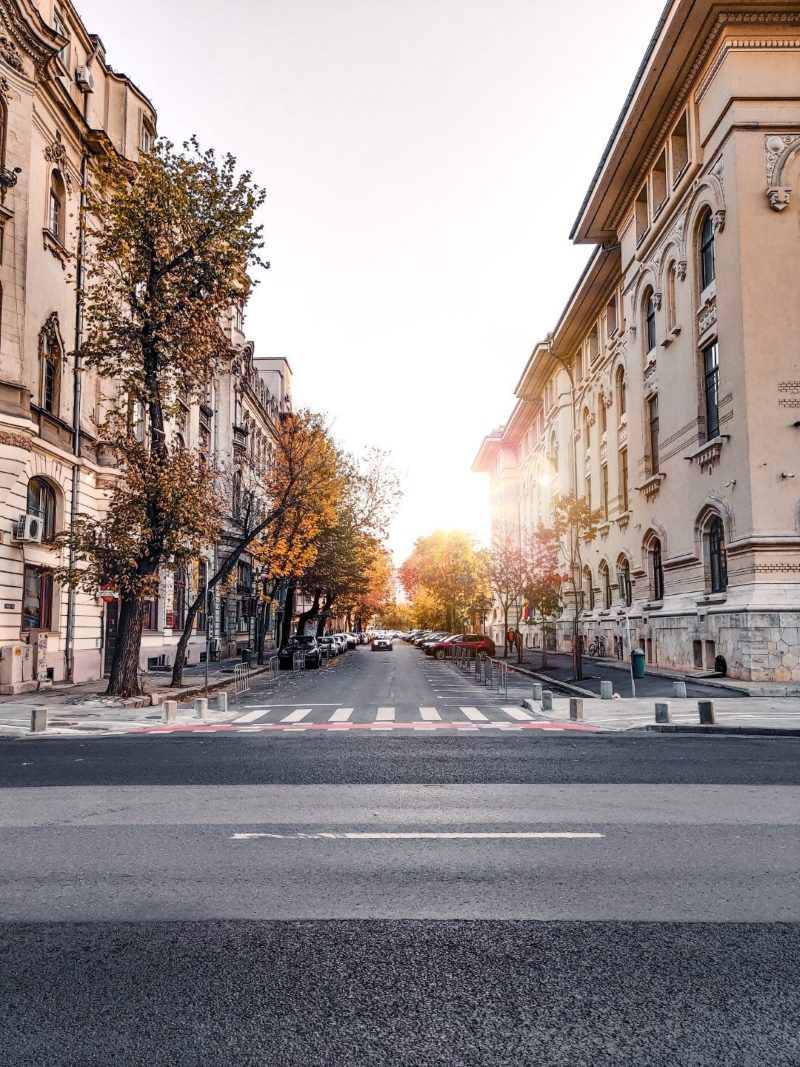How to Experience the Bucharest Communist Bike Tour
If you’re visiting Bucharest, the capital of Romania, it’s worth taking the time to explore the city’s communist past. One way to do this is by joining a guided bike tour, which offers a unique perspective on the city’s history. The Bucharest Communist Bike Tour is a great option for those interested in learning about Romania’s communist era. Here’s what you need to know about this experience:Highlights of the Tour
The tour begins in Bucharest’s old city center, where your guide will provide some background on the communist era and its impact on the city. You will then cycle to the site of the first Romanian parliament, which was the target of a bomb attack by the communist party in 1956. The tour continues through a neighborhood that was built for the communist elites during the Stalin era. You will see monumental buildings and hear stories about the lives of those who lived in the area during the communist period. Another highlight of the tour is a visit to Casa Radio, which was the biggest unfinished communist urban project. You will learn about the propaganda behind this project and why it was never completed. Finally, the tour will take you to Revolution Square, a site that played a key role in the 1989 revolution that overthrew the communist regime in Romania. Here, you will see the former Communist Party Headquarters and the balcony where Nicolae Ceaușescu, the last communist leader of Romania, gave his final speech before he was overthrown.Full Description of the Tour
The Bucharest Communist Bike Tour lasts approximately four hours and covers around 15 kilometers. All equipment, including bikes and helmets, is provided, so all you need to bring is comfortable clothing and shoes. The tour begins in Bucharest’s old city center, where your guide will give you an overview of the communist era and its impact on the city. You will then cycle to the site of the first Romanian parliament, where you will learn about the communist bomb attack of 1956. From there, the tour will take you through a neighborhood built for the communist elites during the Stalin era. You will see monumental buildings and hear stories about the lives of those who lived in the area during the communist period. The tour will continue with a visit to Casa Radio, an unfinished urban project and a symbol of communist propaganda. Your guide will explain the ideology behind this project and why it was never completed. Finally, you will visit Revolution Square, a site that played a significant role in the 1989 revolution that overthrew the communist regime in Romania. Here, you will see the former Communist Party Headquarters and the balcony where Nicolae Ceaușescu gave his final speech before he was overthrown.Booking Your Tour
If you’re interested in experiencing the Bucharest Communist Bike Tour, you can book it through GetYourGuide. The tour is priced at €25 per person. To book the tour, simply click on this link: book the tour here. You will be taken to a booking page where you can select your date and time, enter your payment details, and confirm your booking.Book Your Tour Now
The Bucharest Communist Bike Tour is a unique and informative way to explore the city’s communist past. With an experienced guide and all the necessary equipment provided, all you need to do is bring your curiosity and a sense of adventure. Book your tour today and experience a different side of Bucharest!
Everything You Need to Know About Bucharest
Bucharest, the capital city of Romania, is a fascinating destination that attracts a growing number of visitors each year. For those planning a trip to this vibrant and historic city, we have compiled a list of frequently asked questions that will help you make the most of your visit.1. What is the best time to visit Bucharest?
The best time to visit Bucharest is during the months of May, June, September, and October when the weather is mild, and crowds are thinner than in July and August. Bucharest has a continental climate with cold winters and hot summers, so if you are planning a winter visit, be prepared for temperatures that can drop below freezing.2. What are the must-visit tourist attractions in Bucharest?
Bucharest has a rich cultural and architectural heritage, with many landmarks and tourist attractions worth exploring. Here are some of the must-visit attractions in the city:Parliament Palace:
Also known as the People’s Palace, this colossal building is the second-largest administrative building in the world after the Pentagon. It was constructed during the reign of the communist dictator Nicolae Ceausescu and is now home to the Romanian Parliament.The National Museum of Art of Romania:
This museum is the most prominent fine arts institution in Romania and hosts an impressive collection of medieval and modern Romanian art, as well as works by international artists.The Village Museum:
This open-air museum is a fascinating place that showcases the traditional way of life of Romania’s rural communities. The museum features over 200 houses, farmsteads, and workshops from all regions of the country.The Romanian Athenaeum:
This landmark building is home to the George Enescu Philharmonic Orchestra and has an impressive concert hall with superb acoustics.The Old Town:
Known as the Lipscani district, Bucharest’s Old Town is a vibrant area that is home to many historic buildings, shops, cafes, and restaurants.3. What are the best ways to get around Bucharest?
Bucharest has an extensive public transportation system that includes buses, trams, trolleybuses, and a subway network. Visitors can purchase a travel card that is valid for all modes of transport and provides unlimited travel within the city. Taxis are also readily available in Bucharest, but it is advisable to use only licensed cabs that display the company’s name and contact information.4. What is the currency used in Bucharest?
The official currency of Romania is the Romanian Leu (RON). ATMs are widely available in Bucharest, and many shops and restaurants accept major credit cards. Visitors can exchange their currency at banks, exchange offices, or hotels, but exchange rates may vary.5. What are the traditional dishes of Bucharest?
Romanian cuisine is a hearty blend of Balkan, Austrian, and Turkish influences, and Bucharest has many restaurants that serve traditional dishes. Some of the must-try dishes of Bucharest include:Sarmale:
These are cabbage rolls stuffed with minced meat, rice, and vegetables, usually served with polenta.Mici:
These are small grilled sausages made from a mixture of beef and lamb, seasoned with spices.Ciorba:
This is a sour soup made from vegetables and sour cream, usually served with sourdough bread.Papanasi:
These are traditional Romanian dumplings made from cottage cheese and served with sour cream and jam.6. What are some safety tips for visitors to Bucharest?
Bucharest is generally a safe city, but visitors should take some precautions to avoid becoming victims of petty crimes such as pickpocketing or purse snatching. It is advisable to keep valuables such as wallets, mobile phones, and cameras close at hand and avoid displaying them in crowded areas. Visitors should also be cautious when using public transportation and avoid traveling alone at night.Book Your Tour Now
Bucharest is a fascinating city with many landmarks, museums, and cultural sites that are worth exploring. By following the tips and recommendations provided in this guide, visitors can make the most of their trip and experience the best that Bucharest has to offer.
How to Spend Your Time as a Tourist in Bucharest
Located in the south-eastern part of Europe, Bucharest is the capital of Romania. With a blend of modern and traditional architectures and rich history, Bucharest is an ideal destination for tourists. In this guide, we’ll give you tips on how to spend your time as a tourist in Bucharest.1. Visit the Palace of the Parliament
The Palace of the Parliament is the second-largest administrative building in the world, after the Pentagon. It was built during the reign of Romanian dictator Nicolae Ceausescu and has 12 stories and over 3,000 rooms. The palace is now used for government offices, museums, and the parliament. You can take a guided tour of the building and see the opulent decorations, the impressive chandeliers, and the spacious rooms. The tour is available in several languages, including English, and takes about one hour.2. Stroll Through the Old Town
Bucharest’s Old Town is a vibrant area full of historic buildings, cozy cafes, and lively restaurants. Whether you want to enjoy a cup of coffee, a traditional Romanian meal, or just stroll around and admire the architecture, the Old Town has plenty to offer. You can visit the Stavropoleos Monastery, the oldest church in Bucharest, built in 1724. You can also explore the ruins of the Old Princely Court, the former residence of the Wallachian princes.3. Check out the Village Museum
The Village Museum, located in Herastrau Park, is an open-air museum that showcases the traditional architecture and lifestyle of rural Romania. There are over 300 authentic farmhouses, barns, windmills, and churches from all over Romania, some of which date back to the 16th century. You can take a guided tour of the museum or explore it on your own. There are also souvenir shops where you can buy traditional Romanian handicrafts.4. Visit the National Museum of Art of Romania
The National Museum of Art of Romania is located in the former Royal Palace and has a collection of over 100,000 artworks, including paintings, sculptures, prints, and decorative arts. The museum has two main sections: the European Art Gallery, with works from the Middle Ages to the 19th century, and the National Gallery, with works from the Romanian artists of the 19th and 20th centuries. You can take a self-guided tour or join a tour led by a museum guide. The museum also has a cafeteria and a bookshop.5. Relax in Cişmigiu Gardens
Cişmigiu Gardens is a lush green oasis in the heart of the city. It’s the oldest public park in Bucharest, built in 1852, and covers an area of 16 hectares. The park has several lakes, walking paths, and benches, and it’s a popular spot for picnics, sports, and relaxation. You can rent a boat and paddle on the lake, play tennis or volleyball, or just sit in the shade and enjoy the fresh air. During the summer, the park hosts various concerts and events.6. Visit the Romanian Athenaeum
The Romanian Athenaeum is a concert hall and a symbol of Romanian culture. It was inaugurated in 1888 and has a neoclassical architecture with a columned façade and a domed roof. The Athenaeum hosts classical music concerts, chamber music performances, and other cultural events. You can take a guided tour of the building and see the main hall, the balcony, and the foyer. The tour takes about 30 minutes, and it’s available in several languages.7. Try some Romanian Cuisine
Romanian cuisine is a blend of Balkan, Austrian, and Turkish influences, with hearty soups, grilled meats, and sweet pastries. Some of the most popular Romanian dishes are sarmale, cabbage rolls filled with minced pork and beef, mici, grilled ground meat rolls, and papanasi, sweet cheese dumplings. You can try Romanian cuisine at traditional restaurants such as Caru’ cu Bere, Hanul lui Manuc, or La Mama. You can also visit the farmers’ markets and taste fresh fruits, vegetables, and dairy products.Book Your Tour Now
Bucharest is a fascinating city with a rich cultural and historical heritage. Whether you’re interested in architecture, art, or cuisine, Bucharest has something to offer. We hope this guide has given you some ideas on how to spend your time as a tourist in Bucharest. Don’t forget to take some time to relax and enjoy the city’s vibrant atmosphere.Table of Contents

